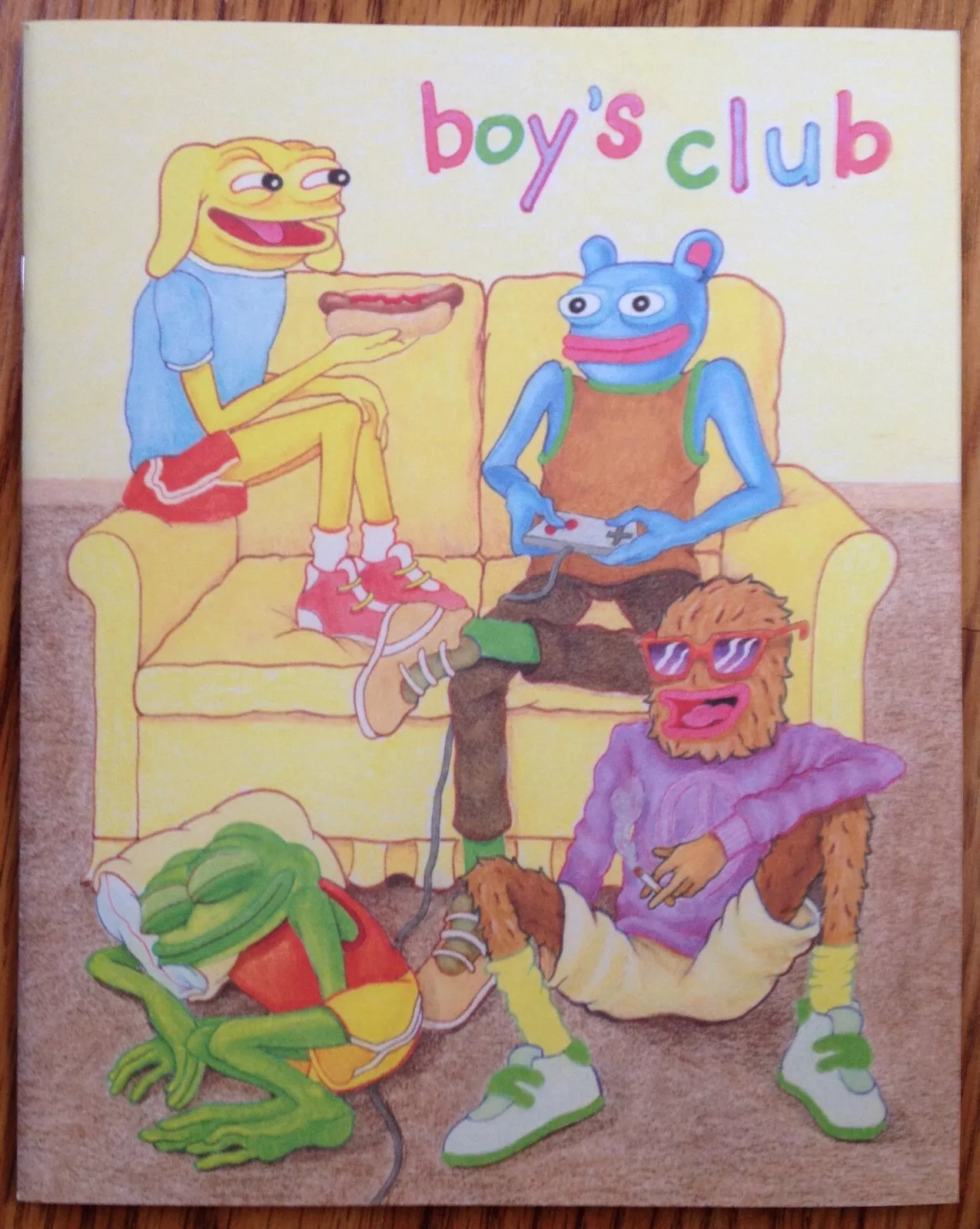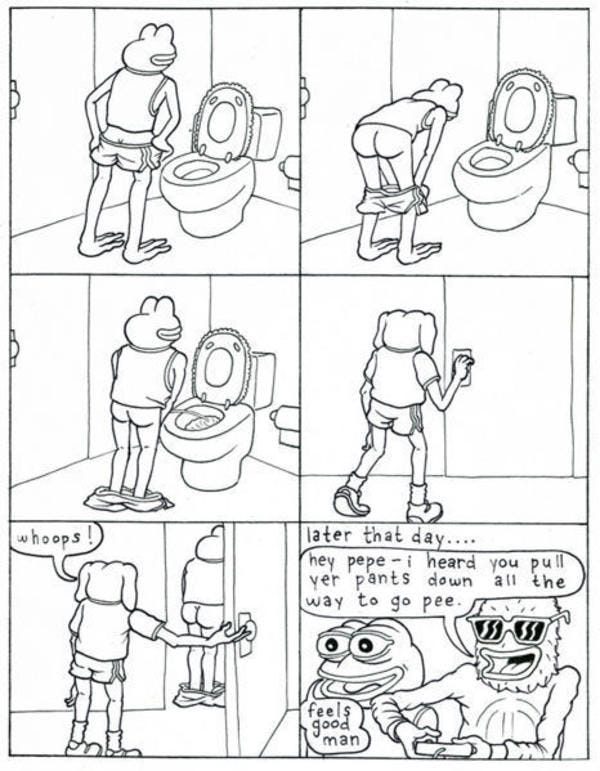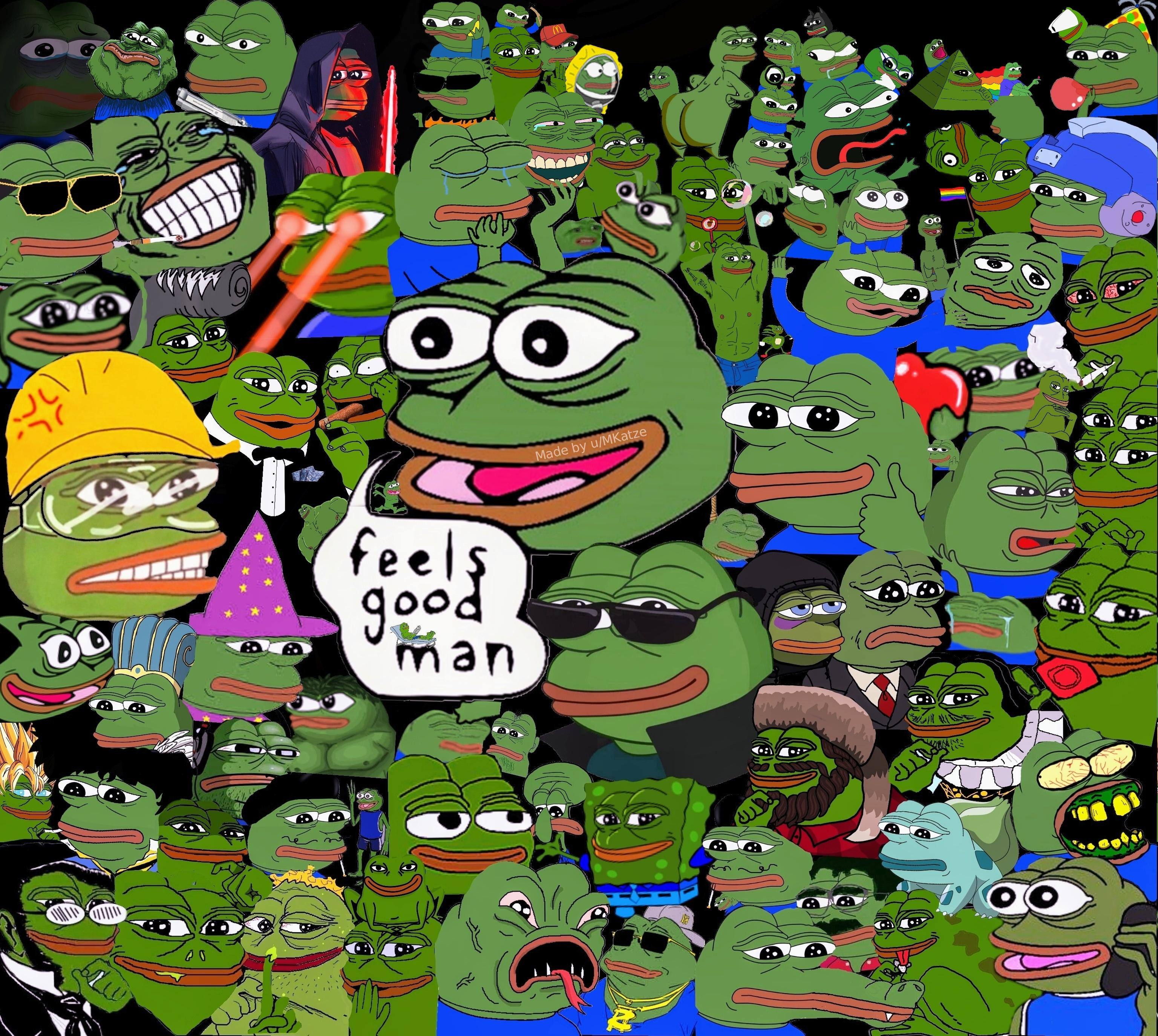Pepe the Frog: A Tale of Internet Fame and Meme Evolution
Pepe the Frog, the green anthropomorphic amphibian with a laid-back demeanor, has become one of the internet's most enduring and versatile meme characters. Created by cartoonist Matt Furie for his 2005 comic series _Boy’s Club_, Pepe began as a simple, carefree character navigating the quirks of post-college life. Little did Furie know, this 'chill frog-dude' would embark on a journey of digital transformation, cementing his place in meme history.
Table of Contents
Pepe the Frog: A Tale of Internet Fame and Meme Evolution
Pepe the Frog, the green anthropomorphic amphibian with a laid-back demeanor, has become one of the internet’s most enduring and versatile meme characters. Created by cartoonist Matt Furie for his 2005 comic series Boy’s Club, Pepe began as a simple, carefree character navigating the quirks of post-college life. Little did Furie know, this “chill frog-dude” would embark on a journey of digital transformation, cementing his place in meme history.

The Birth of Pepe
Pepe first appeared in Boy’s Club, where he lived with his equally quirky roommates, Brett, Andy, and Landwolf. Their escapades were a mix of surreal humor, pop culture references, and the relatable lethargy of young adulthood. One comic panel of Pepe, pants around his ankles as he says “Feels good, man,” struck a particular chord. This moment, inspired by Furie’s childhood memories, became Pepe’s first step into internet fame

Pepe Goes Viral
Around 2008, users on platforms like Myspace and 4chan discovered Pepe, turning him into a reaction meme. The simplicity of his design and the versatility of his expressions made him an ideal canvas for internet creativity. By 2010, variations like “Sad Pepe,” “Smug Frog,” and “Angry Pepe” populated forums and social media, each version encapsulating a specific emotion or situation. The rise of “Rare Pepes,” unique and collectible iterations of the meme, further solidified his status as a cultural phenomenon.
Pepe’s success inspired a whole lineage of frog-themed memes. Characters like Apu, the childlike and grammatically quirky helper, and Peepo, a rounded and emotive design popular on Twitch, added depth to the meme family. Lesser-known variants like Honkler (Clown Pepe) and Smige emerged in niche online communities, each with unique characteristics that reflected the ever-changing nature of meme culture.

The Legacy of Pepe
Despite challenges, including controversies surrounding misuse, Pepe’s essence remains tied to his origins: a chilled-out frog who just wanted to “feel good.” Matt Furie, ever the artist, continues to advocate for the positive spirit of his creation, even publishing new works featuring Pepe that emphasize joy, unity, and creativity.
As a meme, Pepe stands as a testament to the internet’s power to transform, innovate, and connect. His journey reflects the ever-shifting dynamics of online culture and the enduring appeal of a good-hearted, goofy frog.
Whether he’s expressing sadness, smugness, or existential pondering, Pepe the Frog remains a symbol of the internet’s ability to find humor and connection in the most unexpected places. And for that, we can all say, “Feels good, man.”
OnlyPepes
Writer & Researcher
A passionate explorer of internet culture and meme evolution. Studying the intersection of digital art, community dynamics, and value creation in the modern web.

